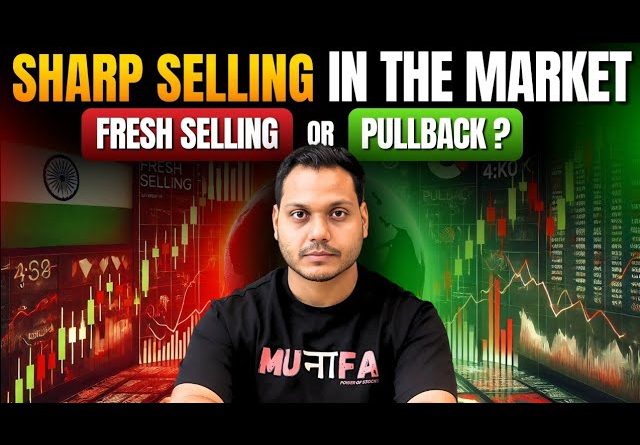The Fundamental Vs The Technical in Stock Buy and Sell Decisions
In a volatile market, technical signals tend to precede announcements of change in the fundamentals of a company. Understand how this works and how to use both the technical and the fundamental in your buy and sell decisions.
Amazing Profits – Investing in Microcap Stocks – Part 1For more than forty years, I have been investing in microcap stocks. I currently have about ninety positions in microcap stocks. Almost all of these investments are in a subset of the microcap universe. This subset is an offshoot of penny stocks. It is the strange and unknown world of penny mining stocks. It is also hands down the most profitable and as strange as it might seem to you the safest sector in the penny stock category. And I have the battle scars to prove it, reaching back more than forty years.
A Contrarian’s Viewpoint of Technical Analysis in Today’s WorldWhen I broke into the stock market in 1961 if you wanted to learn technical analysis you were immediately pointed to Edwards & Magee’s book,” Technical Analysis Of Stock Trends” which was the bible of the industry from its first edition in 1948 until its last edition in the 1970s. Of course technical analysis really got its formal start with the publication of the famous “Dow Theory” in a series of articles written by Charles Dow in the Wall Street Journal between 1900 and 1902.
Stock Market Strategy Towards Investment GoalsThe path to any goal oriented achievement is difficult and is saddled with obstacles. Achieving success in share investing can be compared to the obstacle race.
Always Paper Trade First! – Top 10 Reasons Why You Should Paper Trade Before Investing in StocksPaper trading is vital to becoming a successful stock market trader. Here are the top 10 reasons why you should paper trade before investing in stocks!
Stopped Out – The Case Against Stop Loss OrdersNothing is more devastating to today’s investors than being “stopped out” of their stocks. Or as I fondly call it, being blown out of your position. When I broke into the stock market more than 40 years ago only professionals used “stop loss orders”. Today it appears almost everyone uses it. And in my estimation most investors would be far better off if they had never heard of a stop loss order. A stop loss order is an automatic order to sell your stock if it falls to your pre-set authorized selling price.
Today’s Irrational Stock Market and the Rise of the Propeller HeadsWhen I broke into the stock market in 1961 the stock market was a far more rational market than it is today. The type of news that will send a stock up or down four or five points today would have in the 60s and 70s only sent the stock up or down a half point. The stock market today resembles to an ever increasing degree a” perpetual overreaction machine”. It is forever being jerked around like a monkey on a chain.
Advice For Investing in StocksThe stock market is one of the many ways to increase your wealth and get rich. However, the stock market is very risky and if you don’t follow some good investing advice, you will lose all your money. Here are some tips that can help you make money.
A Tentative Stock Market Recovery – The Potential For Profit and Danger of LossThere are an increasing number of new ‘buy’ opportunities presenting themselves from the list of the 550 or so shares in the FTSE 250 and SmCap indices which present the opportunity to grab some decent profits. When investing at variance to the dominant trend of the index there is always present a greater possibility of a sudden reversal in the share price. An illustration of this is available in the form of the comparative price history charts for Debenhams Plc and McBride Plc. Debenhams has made handsome profits to date (up from 51p to 84p last Friday). On the other hand McBride would have caused a loss (down from 147p to 116p last Friday) as it suddenly took a nosedive. McBride’s sudden move down is a classic example of the sort of price collapse that will happen from time to time in a sideways market trend. These features are clearly shown on the charts and illustrate why we recommend making any new ‘long’ investment in proportion to the extra risk involved.
Trading and CommissionAll traders have to pay commissions; there is no way around it. But commissions will normally make up only a very small amount of your portfolio, so it normally isn’t too bad.








